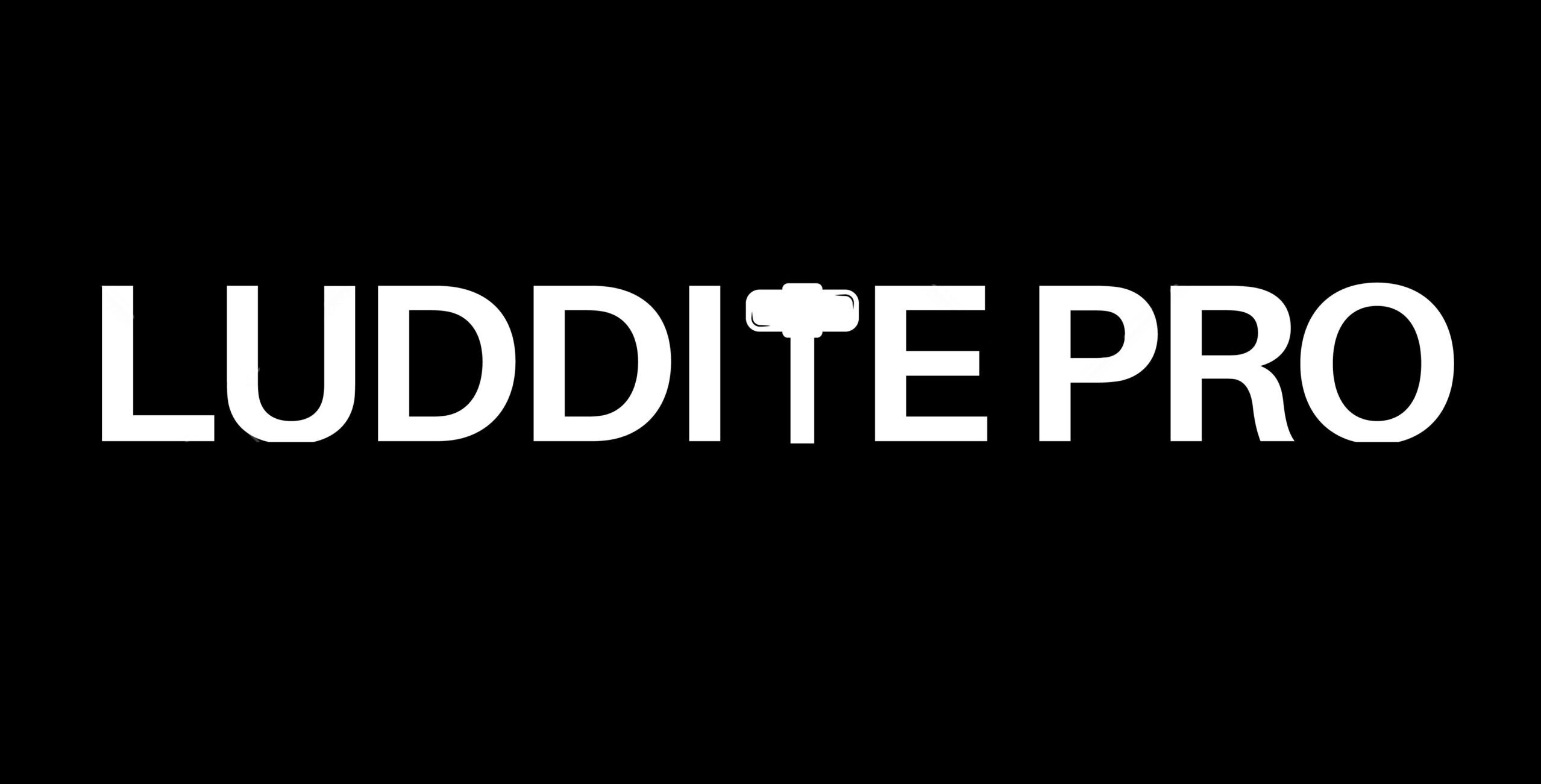AI Art Fraud – September 8, 2023
It seems like everywhere you look these days, there’s AI art fraud hiding in plain sight. People aren’t being honest about what they made versus the machines, and this causes a lot of synthetic content to pass as real. It’s time to call out some images that are passed off as real but are actually AI:
First up we have Haile Catalano, aka Cafehailee.

With 129,000 followers on Facebook, 322,000 on Instagram, 1.8 million on TikTok, and 509,000 on YouTube, it’s clear Hailie is a successful full-time, omnichannel recipe and food creator. She also has merch and a storefront, and it looks like authentic content across all of her channels…except Facebook.
I discovered Hailee this week when this kitchen photo went viral showcasing cherry blossoms in an epoxy floor. First thing I did was check the obvious things like lighting, which seemed legit at first. I can see how these are so popular on Facebook.

It’s too bad none of it is real. In fact as you look at everything else in the frame, you realize it’s all wrong—like how is that cherry blossom not toppling over?
What is happening with this glass faucet and mini sink hole? And why are the oven knobs less immaculate than the epoxy flooring and granite countertops?

And why do non of the cabinetry handles match? All that money on fancy stuff but mismatched hardware on the cabinets is a no for me.

Not only that but what in the world is happening in that corner cabinet?!
And the one above it? Who hired the noob carpenters that installed this mangled mess?

That is just the inside. There’s also the hysterically bad wrought iron work outside. How do we imagine that flying fish manages not to just fall right out. And what’s up with the design work around it? It’s like the AI didn’t even try.
Of course, to get out there and look, you’d have to grapple with the janky door handle on the left.

And if that wasn’t enough to know for sure it’s AI, one must only peruse her Facebook page for five seconds to see that she’s been engagement farming with a thesaurus, some SEO, and kitchens of every adjective nonstop for at least a few weeks.





The synthetic AI content is a stark contrast from her usual aesthetic on every other channel. But it seems to be working out, as Facebook’s creator program is surely paying enough at that level to justify putting the revenue stream on autopilot and mass posting generative AI sludge.
However, I did reach out to Hailie to get her thoughts (I have yet to receive a response). Meanwhile the comments are filled with people who either don’t care or are declaring it fake making it the perfect rage bait engagement farming.
Currently, there is no ethical generative AI dataset, and the court cases are still in the works. Until that is settled, it’s not safe to use AI. If you do, however, be honest about it or you may cause problems for both yourself and others, as happened on Ruha Benjamin’s birthday.

Benjamin revealed the cover art the morning of her birthday (August 31) on Twitter only to find out that the cover is AI generated, as pointed out on the comments by another Benjamin (Stealcase).
When questioned, both Benjamin and AI artist Nettrice Gaskins took the feedback under consideration, even releasing a blog post and public twitter statement defending the usage of AI by the next day.
Gaskins asserted the usage of collage fed into MidJourney to augment counts as creative control more than artificial intelligence. However, this issue has not yet been resolved and is the basis of Kris Kashtanova’s copyright application for Rose Enigma, a work she drew a rough sketch for and used the same image-to-image process as Gaskins.
Human artist Karla Ortiz took the time to educate them on the exploitative nature of MidJourney and Stable Diffusion alongside Stealcase. Human writer Brian Penny then pointed out that this case is not exactly like Enigma Rose, as Kashtanova drew the input image by hand, whereas Gaskins used a collage of both her work and other artists.
It has more shared similarities with Kashtanova’s first copyright filing for Zarya of the Dawn.
In that case, the copyright was initially granted due to Kashtanova not properly disclosing the usage of AI in the work. This led to the entire book losing its copyright for several months before restoring it only for the layout and wording but not the images.
Applying this USCO decision to Benjamin’s Imagination: A Manifesto means two things:
- The book’s copyright status may need editing to remain legally compliant, and
- Until otherwise noted, the book’s cover image can not be copyrighted. The arrangement and lettering can, but otherwise, anyone can put that image in a book with a different title and font and template color and sell it.
As of September 9, there has been nothing firm announced and the book is releasing as is. Benjamin is currently logged out of Twitter, as evidenced by her tweet order being rearranged by popularity.

Because of her longtime involvement in social and racial justice (as well as being part of arguably among some of the most persecuted demographics), Benjamin is likely to get a pass. While there are certainly those who will condemn the book for containing any generative AI, some will forgive and buy it anyway.




